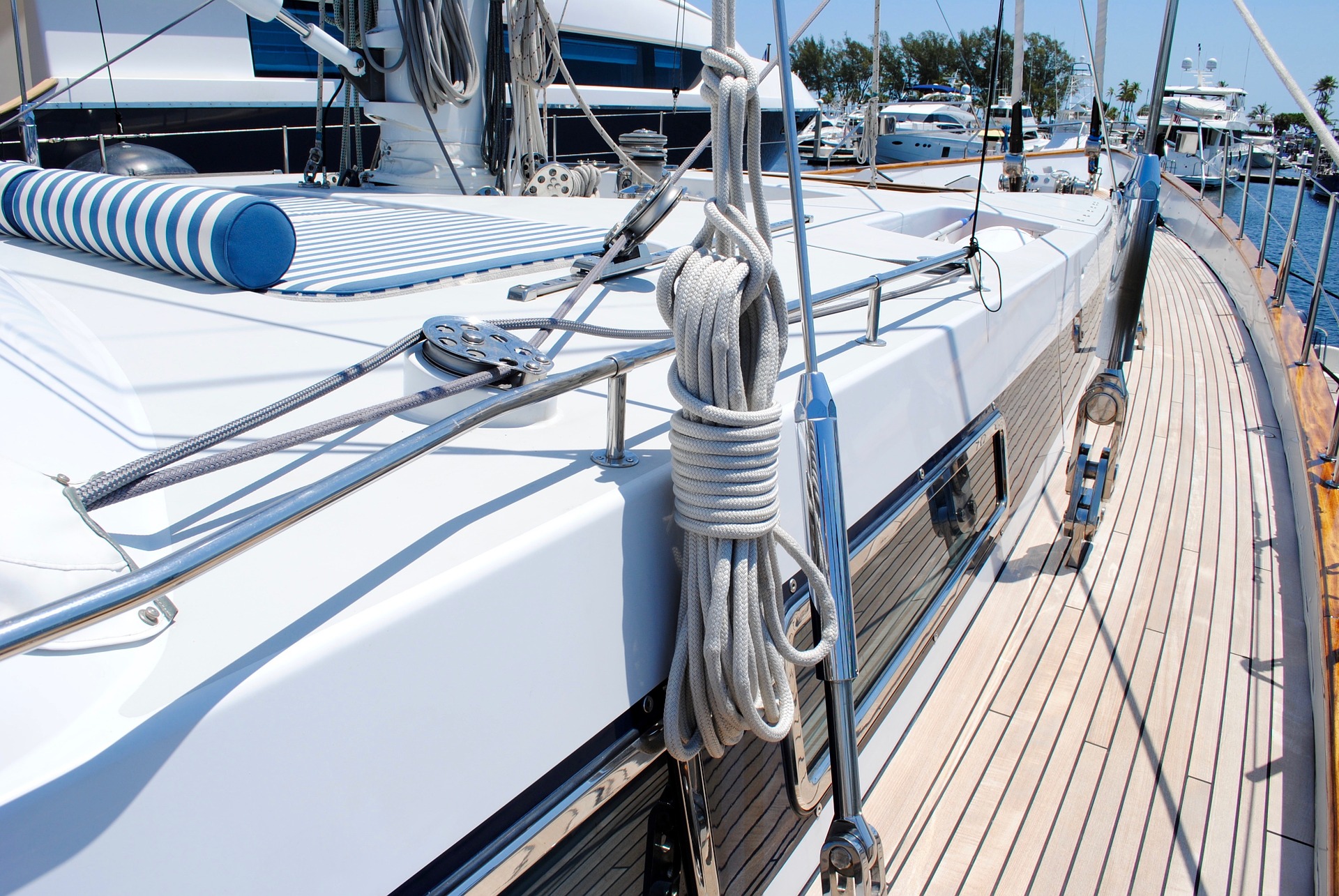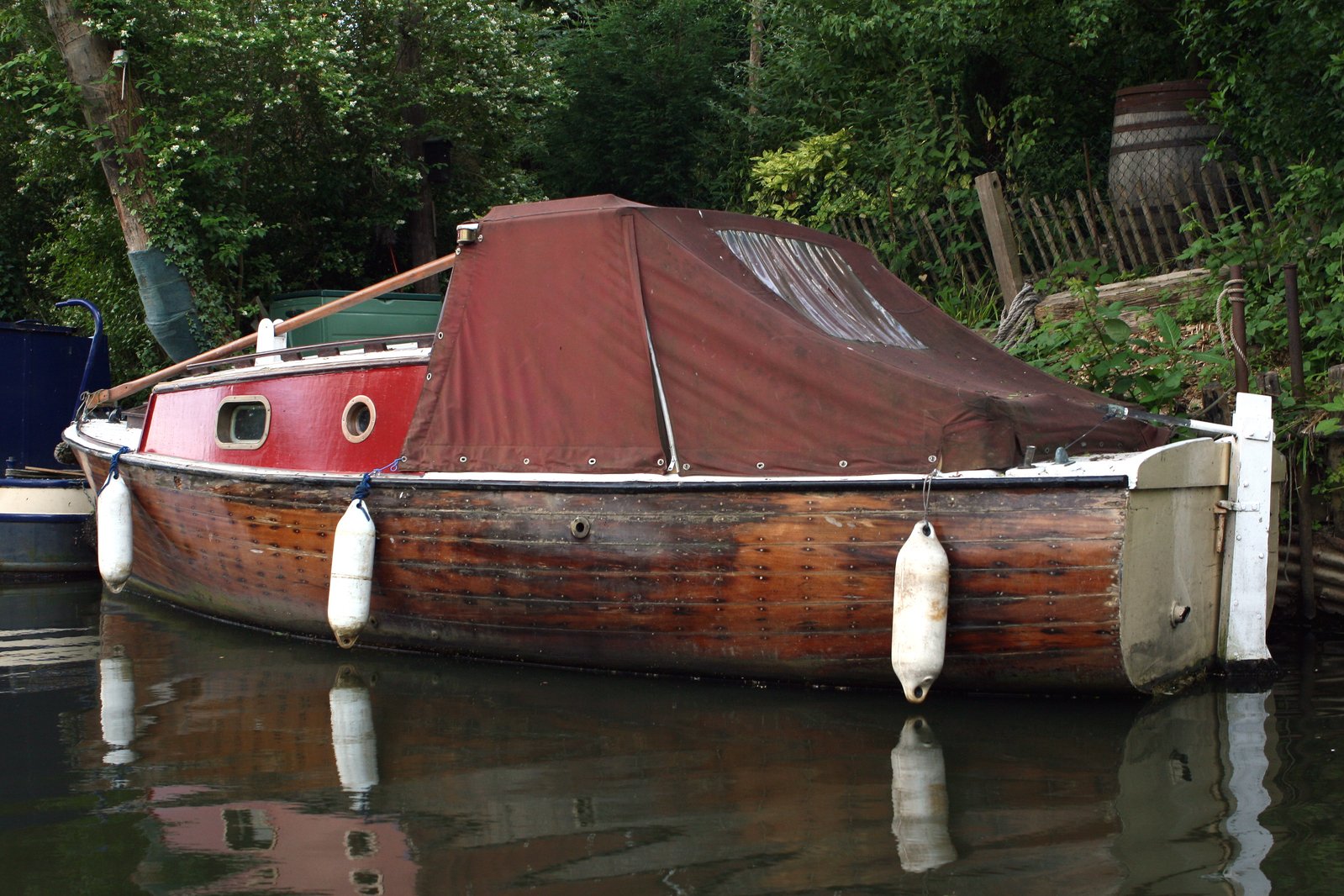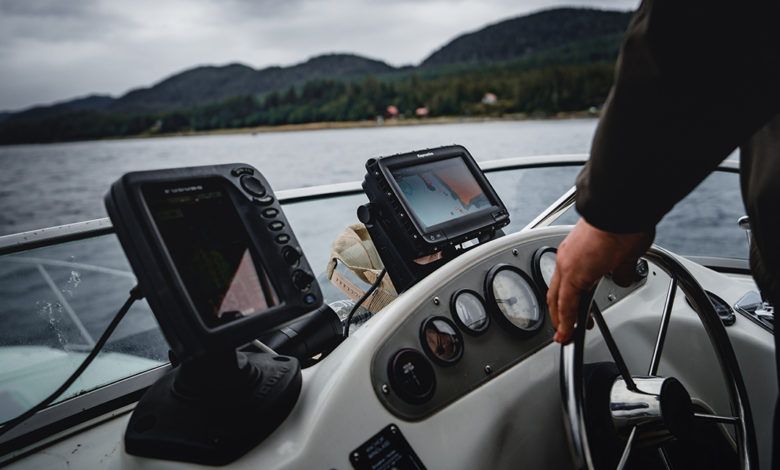
Even with the advancement in boat engineering, and the availability of modern tools and equipment that we can use in navigation, a great number of boating accidents still occur. In the US alone, more than 5,000 incidents related to recreational boating happened in 2020. Unfortunately, these accidents reflect that a huge percentage of boat owners is probably not familiar with navigation rules.
This article will help every recreational boater for safe navigation as we will be discussing the rules essential to recreational boating. The rules on steering and sailing, lights and shapes as well as signals are covered.
Preventing Collisions at Sea
One of the priorities, if not the top, we have while on the water is to avoid a collision. It does not matter whether you’re navigating with a 14-ft inflatable boat or sailing at 70 mph with a power cruising catamaran, all boaters should familiarize themselves with the International Rules for Preventing Collisions at Sea (72 COLREGS) and become aware of the basic rules on the water.
The Convention on the International Regulations for Preventing Collisions at Sea in 1972, otherwise known as 72 COLREG, which was developed by the International Maritime Organization, is being used in all international waters and all navigable waters connected to it. It is also the basis of the book International & U.S. Inland Navigation Rules that every boat owner should have a printed copy in their boats.
72 COLREG has different sections: Part A – General; Part B – Steering and Sailing; Part C – Lights and Shapes; Part D – Sound and Light signals; Part E – Exemptions; and Part F – Verification of compliance with the provisions of the Convention, and overall a total of 41 rules, many of them covering recreational boating.
For the simplicity of this article, we will only discuss rules that are important in recreational boating.
Steering and Sailing Rules
Before we start with the rules, here are some words that we need to be familiar with to understand them more in the following sections:
- 🛥️ Vessel – anything that is used for transportation on water
- 🚤 Powerboat – any boat propelled by an engine
- ⛵ Sailboat – any boat that uses a sail
- 🧭 Underway – a boat moving through the water
Keep a Lookout and Safe Speed
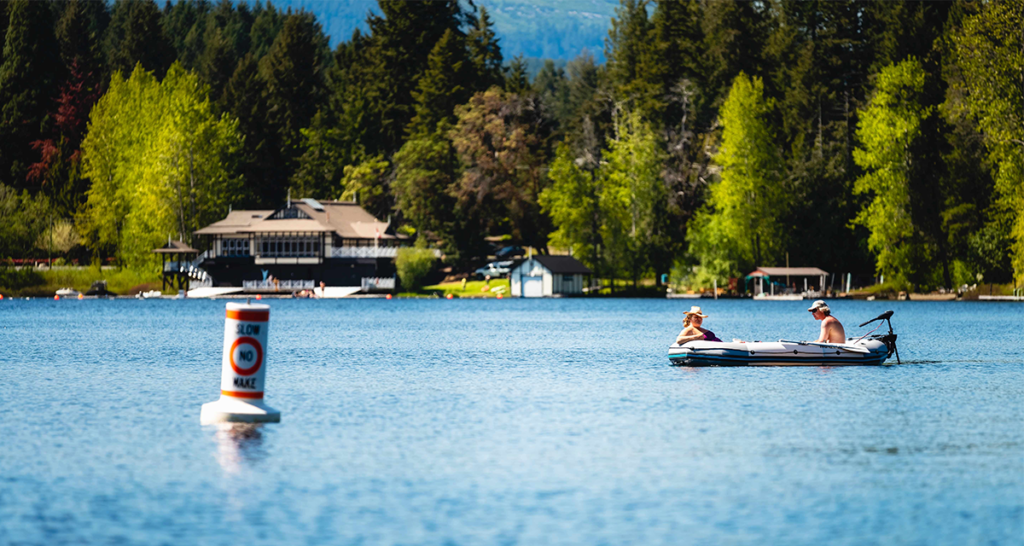
Being alert and focused on the water is very important. We should always focus on what we see and hear in our surroundings, and maintain a safe speed and distance, to be in full control of every situation and avoid accidents.
Safe speed varies from one place to another, in many US lakes and other bodies of water, speed limit ranges from 5 to 10 mph. Usually, we can see speed limits printed in information buoys.
In making decisions and actions, we also have to consider several factors like the traffic density, the built of our boats to maneuver, visibility of the area including lights and navigation aids, the weather, and presence of hazards.
Collision Rules
It is our duty as boaters to have means to determine if there’s a risk of collision. This can be easily done by having tools as simple as compass or chart plotters on your smartphones. Several assumptions must be taken into account if there’s a doubt that collision might indeed happen:
- Risk of collision exists if the compass bearing of an approaching boat does not appreciably change.
- It can still happen sometimes even if the bearing changes, particularly when approaching a very large vessel.
In taking actions to avoid the risk, we should always be as quick as possible and make our movements clear and deliberate so that the other boat will notice them. If there’s enough time and space, just changing the course may be the best move. However, make sure that it wouldn’t result in another risk of bumping into something else!
If more time is needed to assess the situation, it is best if you will do one of these:
- ⚠️ slow down
- 🛑 stop
- 🔁 even reverse the direction of course
Narrow Channels

Stay as near as possible to the outer limit of the channel on the starboard side (right) of a river or channel. Always take note of the safe area.
Small Power-driven Boats Crossing
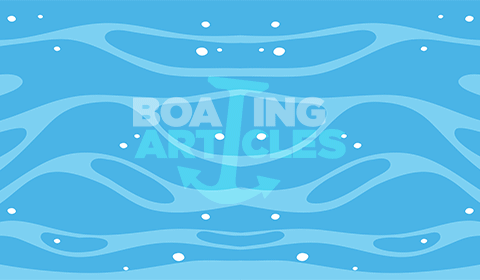
A boat approaching from the starboard (right) side has the right of way. However, take the action to avoid a collision if the other boat does not give way even if you are approaching from the starboard side.
Two Sailing Boats
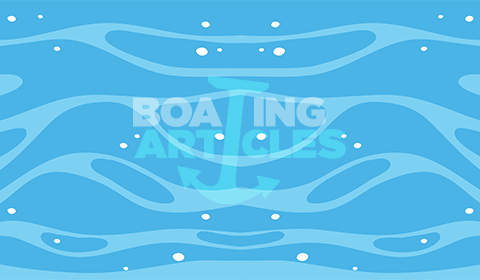
If both have winds in different directions, the boat which has the wind on the port side shall keep out of the way of the other.
If both have the wind on the same side, the boat which is to windward shall keep out of the way of the boat which is to leeward.
If a boat with the wind on the port side sees a boat to windward and cannot determine whether the other vessel has the wind on the port or on the starboard side, it shall keep out of the way of the other.
Overtaking
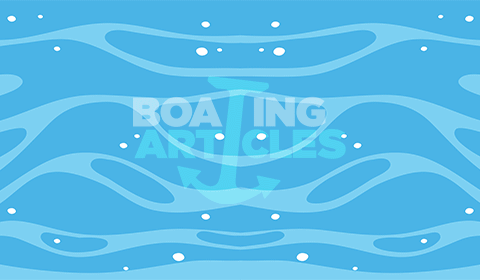
When overtaking, it is allowed to do so at either side of the boat being overtaken. However, we must keep well clear of the boat we are overtaking. This applies to both sail and powerboats.
Head-on Situation

Both boats should change direction towards their starboard (right) sides, and have each other on the port side (left).
Responsibilities Between Vessels



Sail prevails, but it’s not always true. Powerboats give way to sailboats but larger vessels like ferries or container ships, have difficulty maneuvering due to their size, therefore, sailboats should give way. Boaters should always apply common sense and always give larger vessels enough space and the right of way.
Lights and Shapes
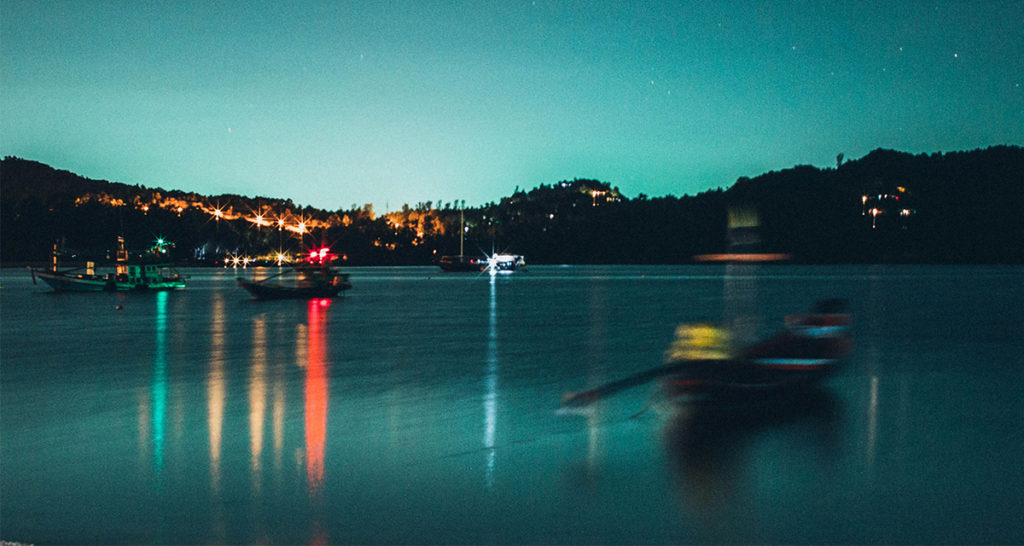
Unlike many animals, our night vision is not very efficient, making it difficult to see boats moving around after sunset. Also, sometimes, the environment is not suitable to let us see ranges long enough to safely navigate in the water. The good news is, this problem can be solved by installing proper lights on our boats, allowing us to enjoy boating without the risk of collision even when it’s dark or it’s cloudy. Hence, it is a must for boats to strictly follow the rules on lights.
Likewise, there are some new terms we should learn before proceeding with the rules:
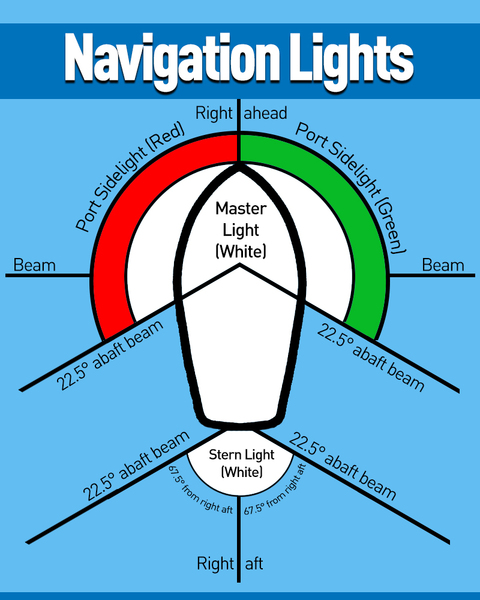
Masthead – this white light is required on all vessels and is located in front of the boat
Sidelights – these lights have two colors; the green light indicates a vessel’s starboard (right) side while the red light indicates a vessel’s port (left) side.
Sternlight – this is a running white light at the back of the boat. It also allows boaters to determine where a vessel is going.
All round light – a 360-degree arc white light that shines brightly over the horizon. This light can serve as an anchor light if sidelights are off.
Again, it is important to note that we apply these rules on lights and shapes usually from sunset to sunrise. On the other hand, they can also be applied during the day when visibility is poor.
Visibility of Lights
The light installed on your boats should have the following ranges depending on your vessel size.
| Vessel Size | Less than 12m | Greater than 12m |
|---|---|---|
| Masthead | 2 miles | 5 miles for 20 m above3 miles for 20 m below |
| Sidelight | 1 mile | 2 miles |
| Sternlight | 2 miles | 2 miles |
| Towing light | 2 miles | 2 miles |
| White, red, green or yellow all-round light | 2 miles | 2 miles |
Powerboats
The general rule is that for powerboats underway, they need to have the following:
- A masthead light forward
- An optional second masthead light abaft
- Port and starboard sidelights
- A sternlight
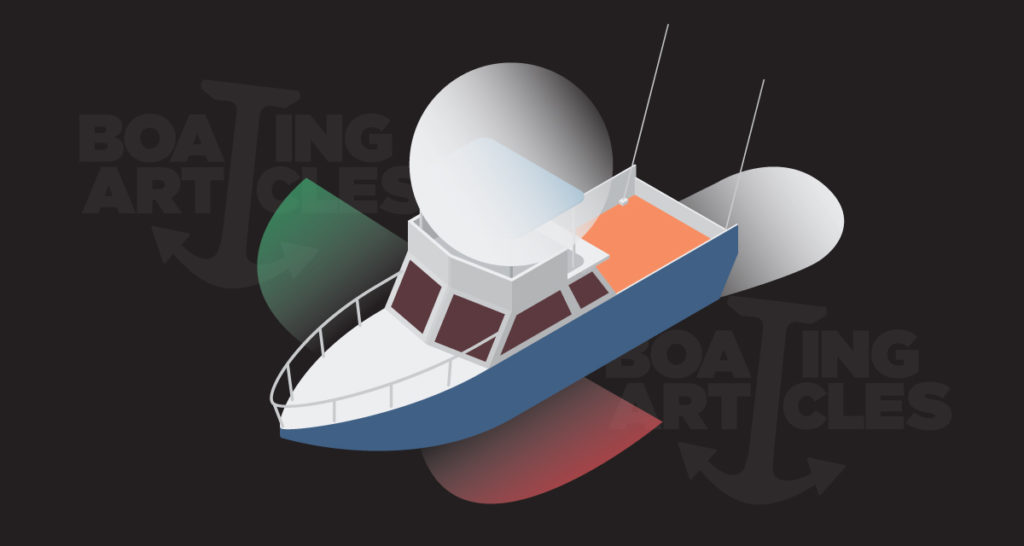
However, there are some exceptions to this general rules for smaller powerboats:
For boats less than 12m but greater than 7m in length:
- Only an all-round white light and sidelights are required.
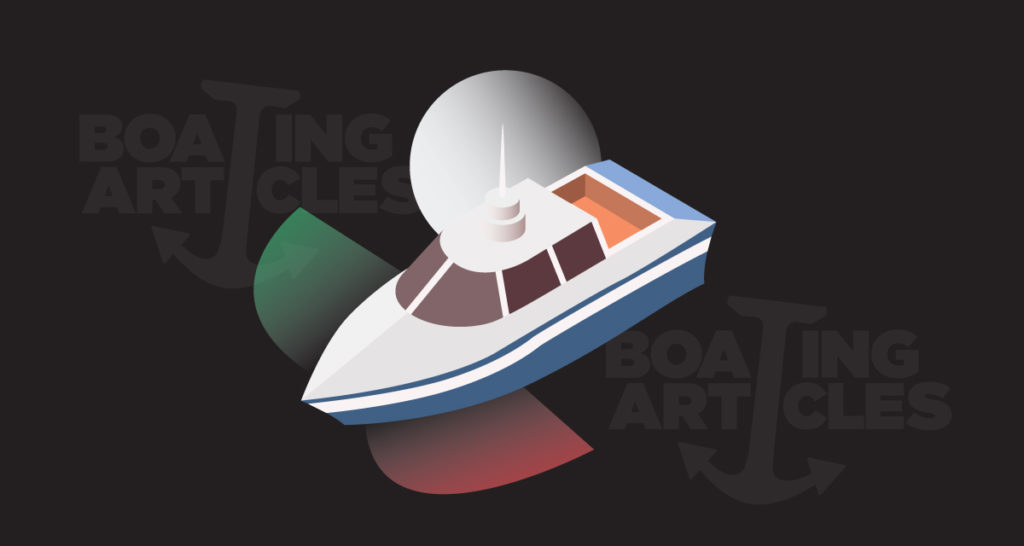
For boats less than 7m in length:
- Only an all-round white light is required.
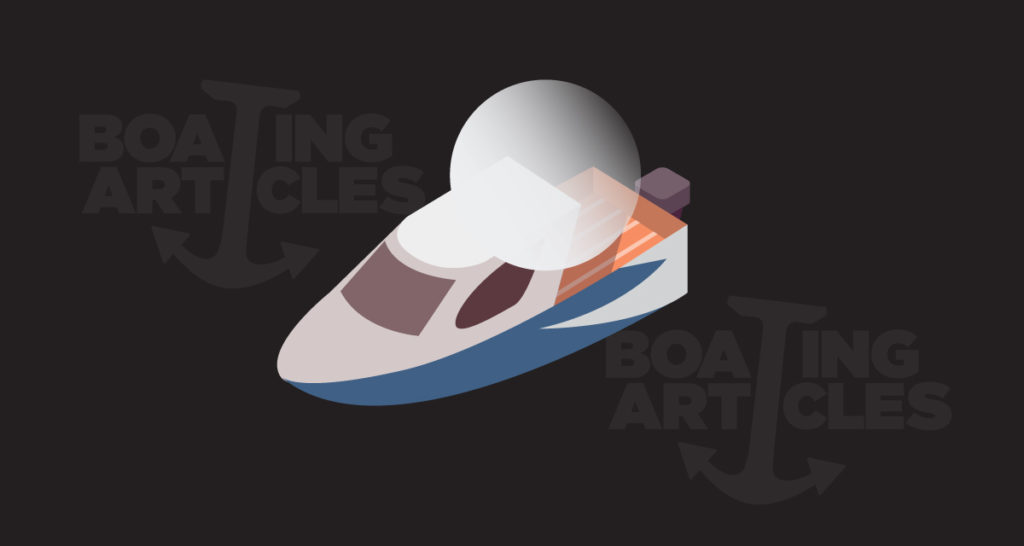
Sailboats
Meanwhile, for sailing vessels underway and under oar, these are the lights that are required:
- sidelights
- a sternlight
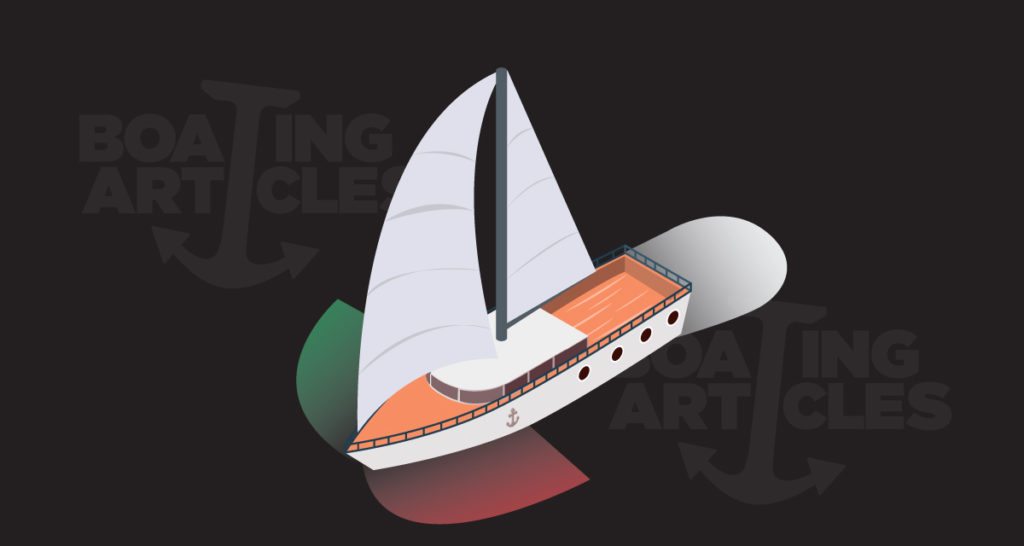
Again, for smaller boats (20 m below in length). This rule can be modified by combining these lights and placing it on the top of the mast, where it can best be seen, or putting two all-round lights in a vertical line, the upper being red and the lower green, can be used instead of the combined lights.
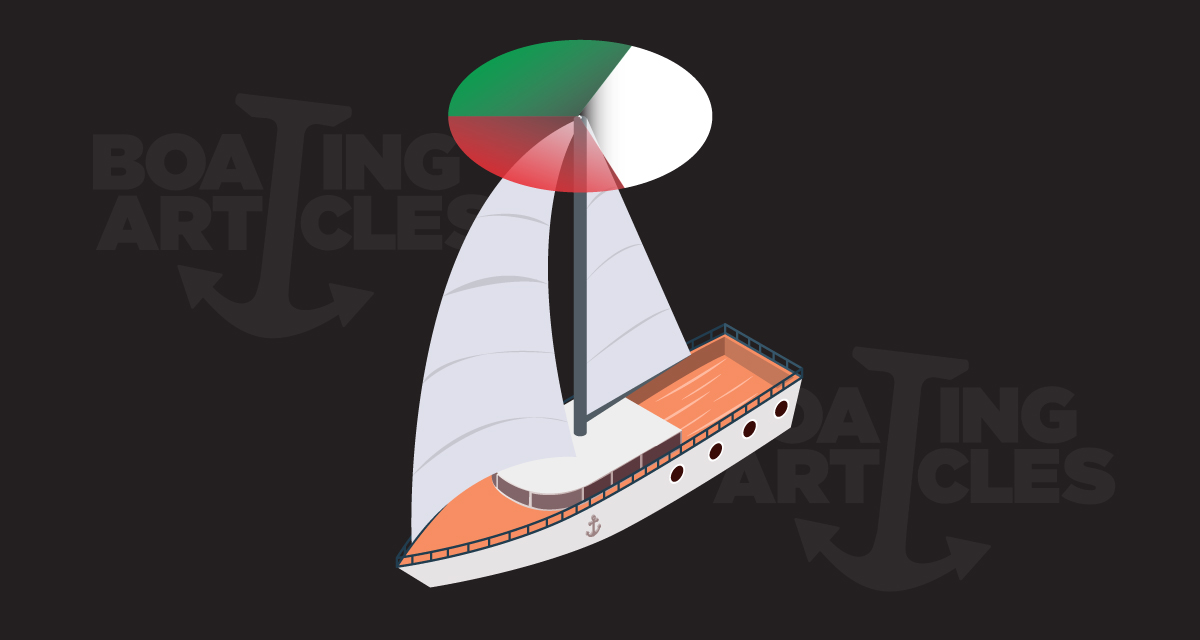
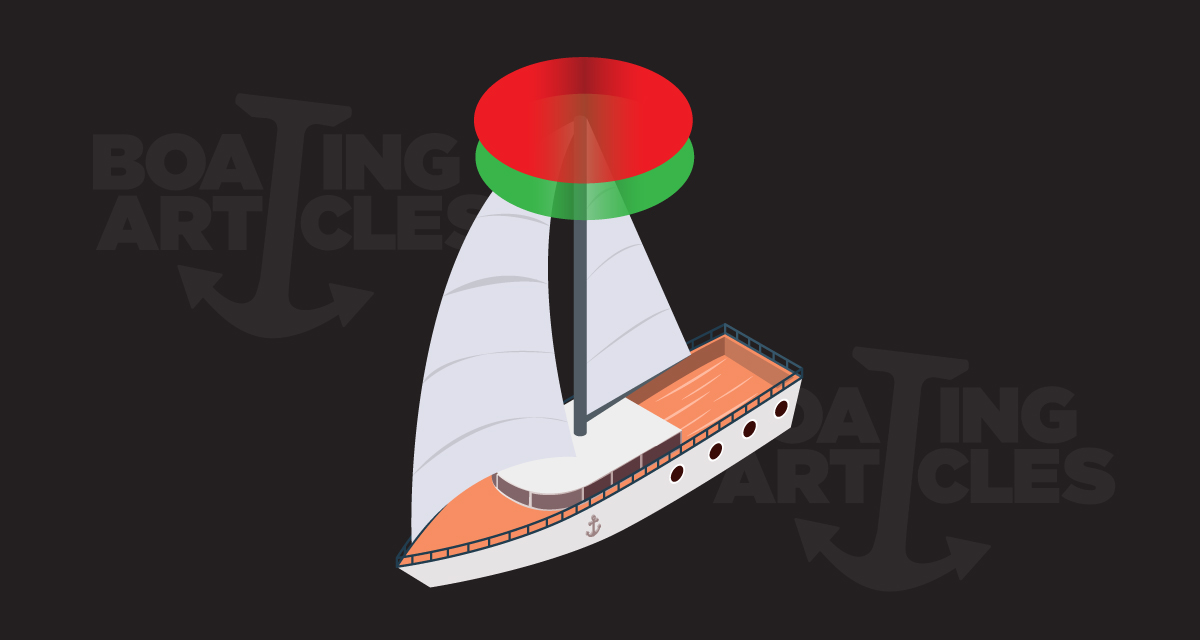
Sailing with Motor
Sailing vessels that are also powered by engines have a conical shape apex downward on their sails, and have lights installed according to power-driven vessels.

Sound and Light Signals
For the final section, these are the last few terms that we need to be familiar with:
Whistle – Any sound signaling equipment capable of producing the prescribed blasts.
Short blast – A blast of about one second duration.
Prolonged blast – A blast of four to six seconds duration.
Light Flash – A series of light flickers.
Equipment for Sound Signals
There are different equipment for sound signals we need to have aboard before starting our journey. We can use them to relay different messages to other boats by creating sound variations. Here are the needed equipment depending on the size of your vessel:
| Boat Length | Whistle | Bell |
|---|---|---|
| Less than 12 m | optional | ❌ |
| 12 m to 20 m | ✔️ | ❌ |
| 20 m to 100 m | ✔️ | ✔️ |
On the other hand, light signals can be made through the all-round white light of the boat.
Maneuvering and Warning Signals
When there is another boat that can be seen on your way, depending on the rules on steering and sailing discussed above, the following are the sound and light signals you may use in relaying messages to the other boat:
| Message | Sound Signal | Light Signal |
|---|---|---|
| I am altering my course to the starboard. | 1 short blast | 1 flash |
| I am altering my course to the port. | 2 short blasts | 2 flashes |
| I am operating astern propulsion. | 3 short blasts | 3 flashes |
| I intend to overtake you on your starboard side. | 2 prolonged blasts followed by 1 short blast | – |
| I intend to overtake you on your port side. | 2 prolonged blasts followed by 2 short blasts | – |
| I agree you may overtake. | 1 prolonged, 1 short, 1 prolonged, 1 short blasts | – |
| I do not understand your intentions or I doubt you’re taking actions to avoid collision. | 5 short and rapid blasts | 5 short and rapid flashes |
| I am approaching a blind bend in a channel. | 1 prolonged blast | – |
| I know you are approaching a blind bend in a channel. | 1 prolonged blast | – |
Poor Visibility Sound Signals
When it’s impossible to see, whether during the day or night, and we can only rely on sound signals, we can give other boaters messages by specific sound signals such as:
| Message | Sound Signal |
|---|---|
| Power-driven making way. | 1 prolonged blast at 2 minutes interval |
| Power-driven, stopped and not making way. | 2 consecutive prolonged blasts at 2 minutes interval |
| Vessel sailing, fishing, not under command, towing, maneuverability restricted. | 1 prolonged followed by 2 short blasts at 2 minutes interval |
| Last manned vessel of tow. | 1 prolonged followed by 3 short blasts at 2 minutes interval |
| Warning from vessel at anchor. | 1 short, 1 prolonged and 1 short blasts |
| Pilot vessel on duty. | 4 short blasts |
| Vessel at anchor. | 5 seconds of rapid bell ringing in 1 minute |
| Vessel aground. | 3 short bell rings, 5 seconds of rapid bell ringing, and 3 short bell rings |
To Attract Attention and Distress Signals

In situations when you need to attract attention, you may make any sound or light signals but be careful not to use any other signals discussed above to avoid confusion. Also, take note that the use of high-intensity, intermittent or revolving light is highly discouraged.
For letting other boaters know you are in distress or in need of help, you may use any of the following signals:
- A gun or other explosive signal fired at about a minute’s interval
- A continuous sounding with any fog-signaling apparatus
- Rockets or shells, throwing red stars fired one at a time at short intervals
- A signal made by any signaling method consisting of the group . . . – – – . . . (SOS) in the Morse Code
- A signal consisting of the spoken word “Mayday”
- A signal consisting of a square flag having above or below it a ball or anything resembling a ball

- Flames on the vessel (as from a burning tar barrel, oil barrel, etc.)
- A rocket parachute flare or a hand flare showing a red light
- A smoke signal giving off orange-colored smoke
- Slowly and repeatedly raising and lowering arms outstretched to each side
—
Following these rules, we are now ready for our next boating trip, and that the risk of getting into trouble will be significantly much lower!
If you find this article useful, don’t forget comment below, and share this to your friends!


